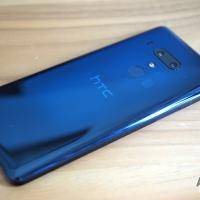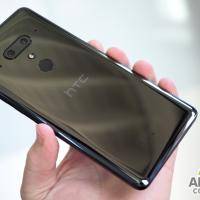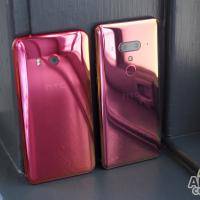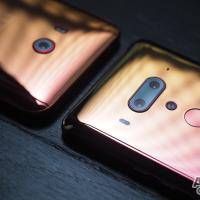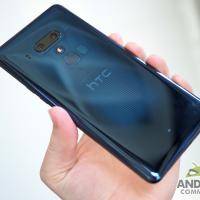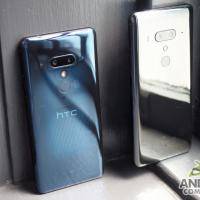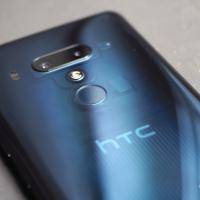
Just like a sacred family tradition, every year we ask if this would be HTC’s last. Fate and time have been unkind to the former giant of the mobile world and it teeters on the edge of obsolescence, held up only by its still nascent VR business. But like a true underdog story, the Taiwanese manufacturer refuses to admit defeat and, year after year, brings out flagships that are, admittedly, worthy of fame. This year, we take a brief look at what could be HTC’s only flagship, the HTC U12+, to divine if it is indeed the company’s savior or its farewell.
Specs
Smartphones are starting to look-alike, at least from the inside. It helps make devices more standardized in terms of hardware and, therefore, firmware and software support. It also helps tell users what to expect in terms of performance. Like any 2018 flagship, the HTC U12+ carries the latest Qualcomm Snapdragon 845. Unlike other 2018 flagships *cough* Samsung *cough*, it has 6 GB of RAM right off the bat. The display is a large 6.0-inch Super LCD 6 panel with a QHD+ resolution of 2880×1440.
Without giving away too much, one of the biggest hardware feature of the U12+ is its cameras. On the back you have a 12 megapixel wide-angle shooter and a 16-megapixel telephoto camera. On the front you have twin 8 megapixel selfie cameras. It also has a rather hefty 3,500 mAh battery that supports Quick Charge 4, one of the only few to do so, unlike other vendors *cough* Samsung *cough*. Strangely, HTC only ships a Quick Charge 3.0 charger in the box.
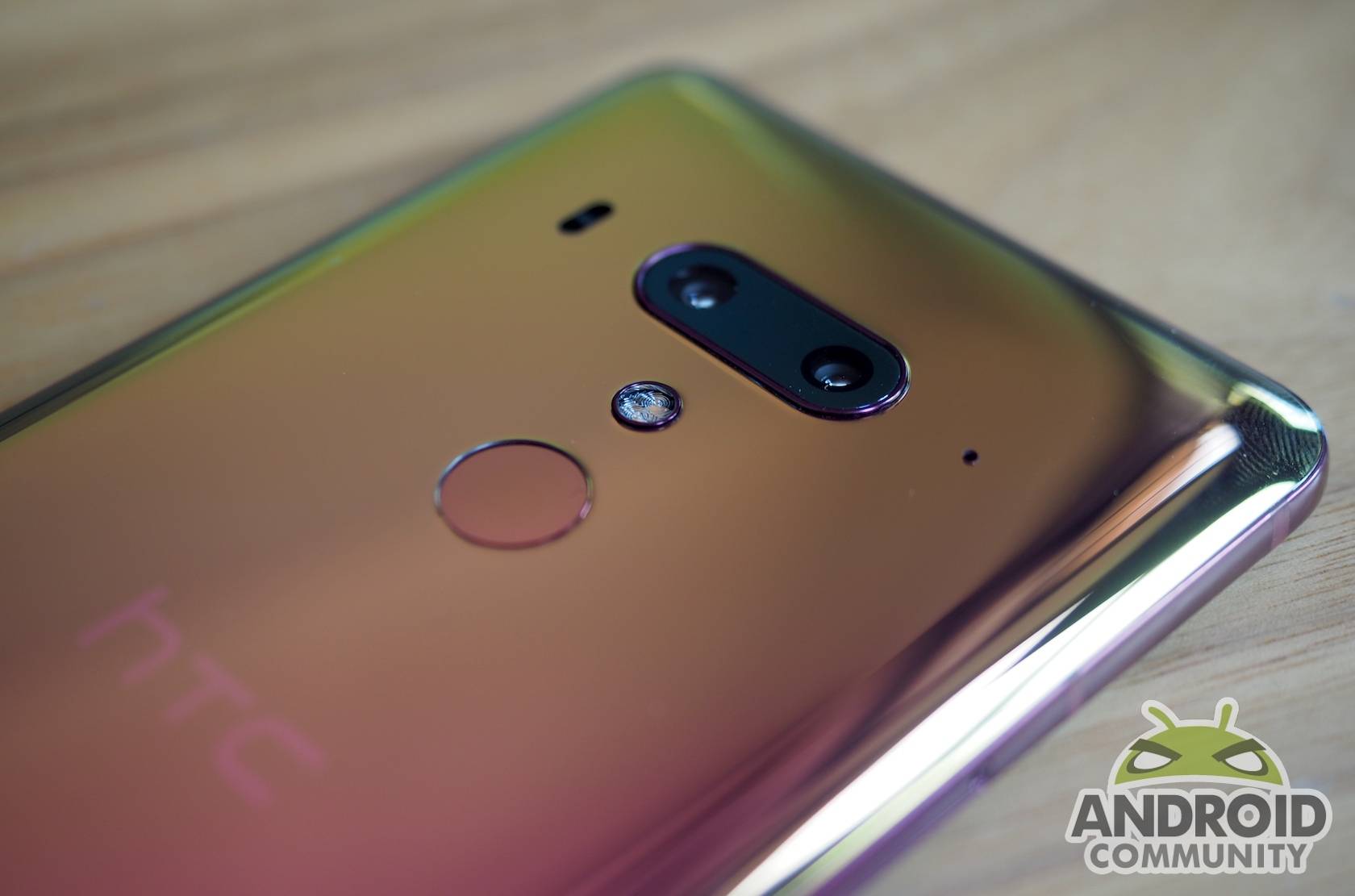
• Operating System: Android 8.0 Oreo
• CPU: Qualcomm Snapdragon 845
• RAM: 6 GB
• Storage: 64 or 128 GB
• Display: 6.0-inch 18:9 2880×1440 Super LCD 6
• Main Camera: 12 megapixel Ultra Pixel, 16 megapixel
• Secondary Camera: 8 megapixel, 8 megapixel
• Battery: 3,500 mAh
These days, however, specs are no longer enough to sell smartphones. Buyers dig features, especially ones the come with highfalutin names. Fortunately, HTC knows buzzwords and it is not afraid to use them.
Much ado about edges
If the HTC U11 was the squeezable phone, the U12+ is its edgier sibling. And by that, we mean that it makes even more use of its edges beyond the simple, or not so simple squeeze. A double tap on the edge, for example, will shrink the screen into one-handed mode. The sensors are also smart enough to know which side has been touched and adjust the UI accordingly. There’s also a new hold gesture that keeps the screen lit and in place, blocking dimming and autorotation with just one action. The edge sensors also replace the traditional volume and power buttons, giving the U12+ a seamless appearance.
Edge Sense 2, as HTC calls it, adds more actions that can be assigned to squeezes. While it does give users more freedom to assign gestures to the actions that they want, it comes at the sacrifice of consistency. The squeeze gesture, for example, can mean different things in different apps, ranging from zoom, to scroll, to whatever. Only time will tell if users will take advantage of the many options or simply use the squeeze to summon Google Assistant or Amazon Alexa.
Cameras, cameras, cameras (and cameras)
HTC is really putting a lot of emphasis on the U12+ cameras. The are, in fact, four of them, with an additional sensor added to the front. This makes bokeh selfies easier to achieve without resorting to computational trickery. On the back, you get a wide-angle camera paired with a telephoto one. Some mobile photographers prefer this combination over depth-sensing assistants or monochrome sensors. We’ll have to wait our turn to get a more in-depth test of the U12+’s cameras but DxOMark, unsurprisingly, already gives it a 103, its highest score yet.
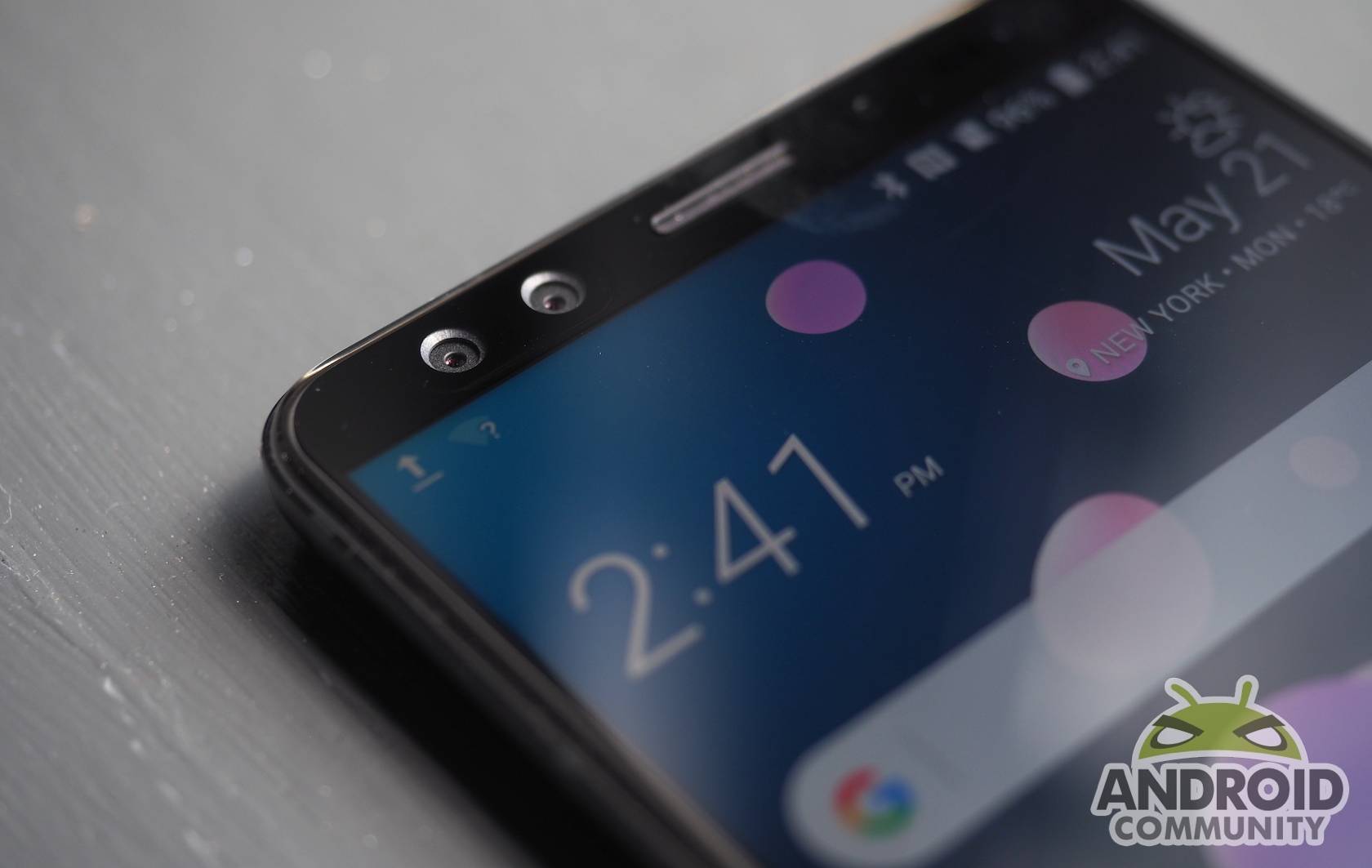
This is also where HTC throws in the most buzzwords. For starters, there is DSLR-like Bokeh, both front and back. Ultraspeed Autofocus 2 combines full-sensor PDAF and Laser AF to make sure you won’t miss a precious moment while HDR Boost 2 promises perfect colors whether in very dark or very bright situations. In addition to 2x Optical Zoom and 10x Digital Zoom for still, there are also zoom features for video. Sonic Zoom focuses on a particular sound or voice while One-touch auto zoom smoothly pans and zooms on a spot, making it look like a professionally directed shot. The HTC U12+ is also capable of recording 4K 60p video and, while it’s not the uber 960 fps, it does support a faster than normal 240 fps slow-mo.
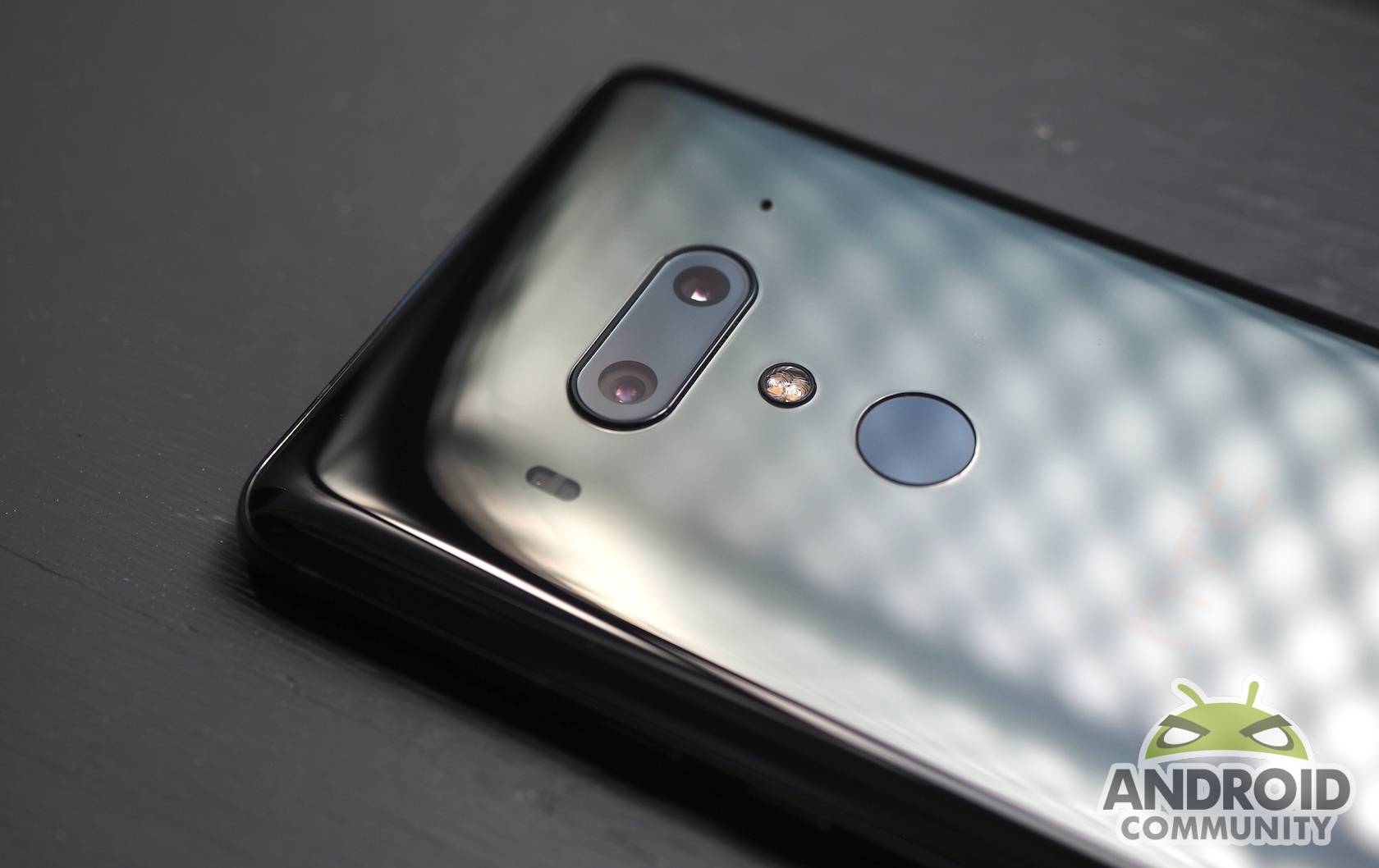
That’s not to say HTC has forgotten about audio. There’s always its BoomSound replacement for Beats and its ear-conforming USonic technology (that only works with certain headphones). There’s also an Activity Reader which would read out text messages, incoming caller names, and appointments that works with both wired and wireless headphones, though support may vary by region and manufacturer.

Solid, liquid, and gas
One thing that will immediately stand out to astute readers about the HTC U12+ is that it doesn’t have a notch, making it the third flagship this year not to have one (after the Galaxy S9 and Xperia XZ2). It’s probably more due to practicality, as HTC has to squeeze in a lot more sensors at the top than most smartphones. Regardless of reason, it may be a breath of fresh air amidst the onslaught of notches on all sides.
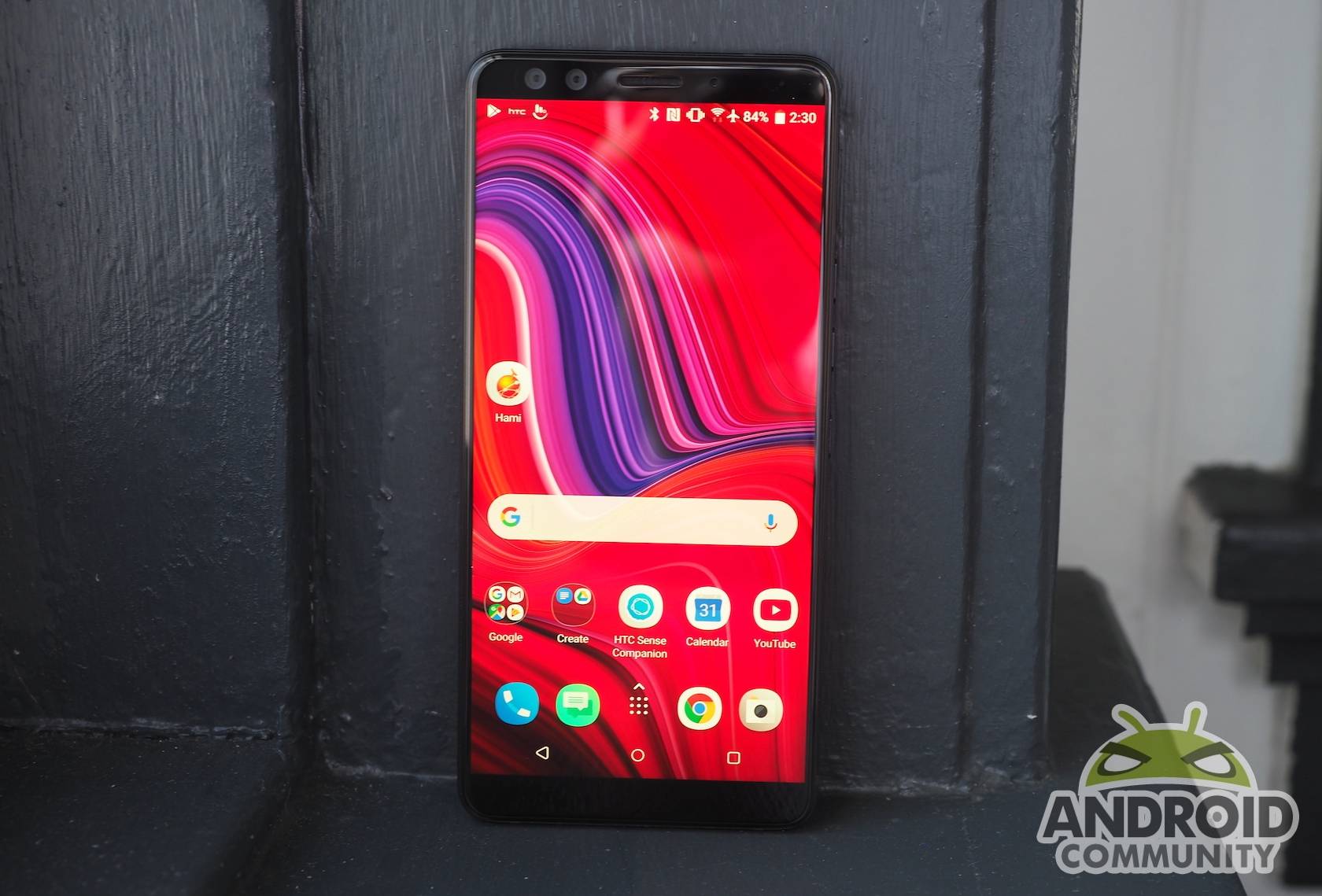
In fact, HTC hasn’t at all changed its design language. It still Liquid Surface design, but now with even more vibrant colors. The Flame Red color, in particular, takes light play to a new level. But for those who prefer less flamboyant but still dapper-looking designs, Ceramic Black is also available.
HTC seems to also be trying to appeal to a niche fad among smartphone modders. It hasn’t gone completely transparent but its Translucent Blue has a frosted aquatic look that gives owners and anyone interested a sneak peek into the inner workings of the U12+.
Wrap-up
As with the LG G7 ThinQ, the HTC U12+ undoubtedly checks all the boxes on the premium smartphone list. HTC also threw in a heap of features and buzzwords for good measure. Whether that will actually raise its profile or sink the ship under their weight remains to be seen when it does go to market. Suffice it to say, HTC has spared no expense to make its 2018 champion stand out.

The HTC U12+ will be available in only two colors in the US, Ceramic Black and, thankfully, Translucent Blue. The 64 GB version for both colors will cost $799 while the $849 128 GB model is only available in Translucent Blue. The one hitch in its launch plans is that the HTC U12+ won’t be available on any carrier. HTC will sell the phone directly itself or through Amazon, citing the low ROI from putting its phones on carrier shelves. It will, however, be offering financing options costing $34 per month for 24 months. The HTC U12+ is scheduled to start shipping in mid-June





